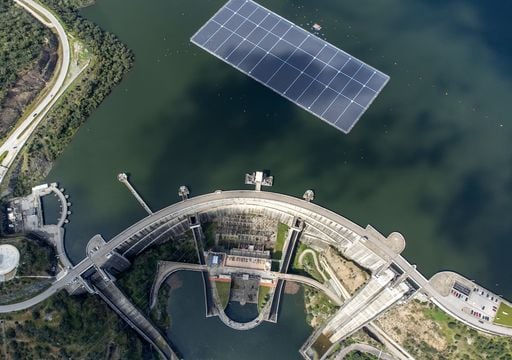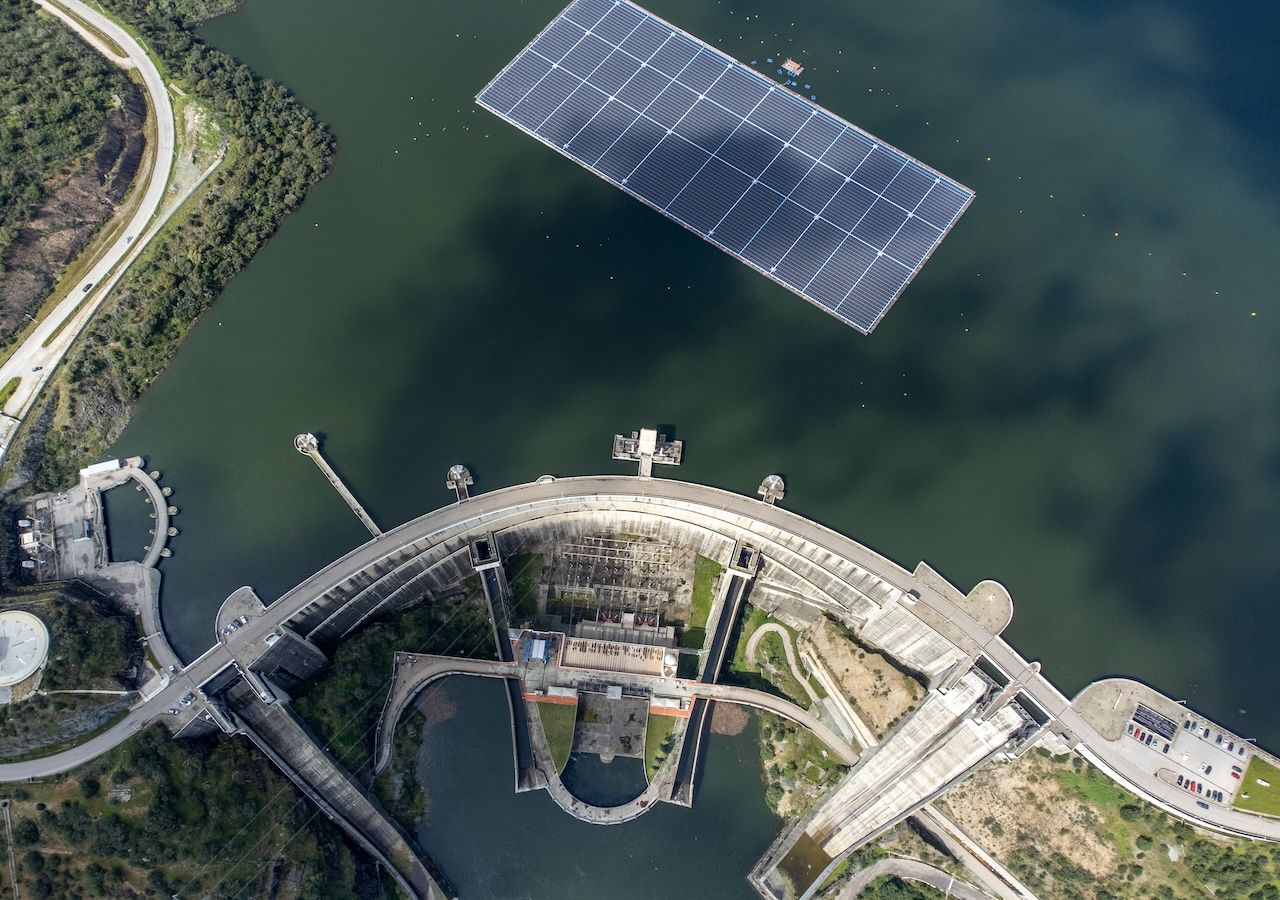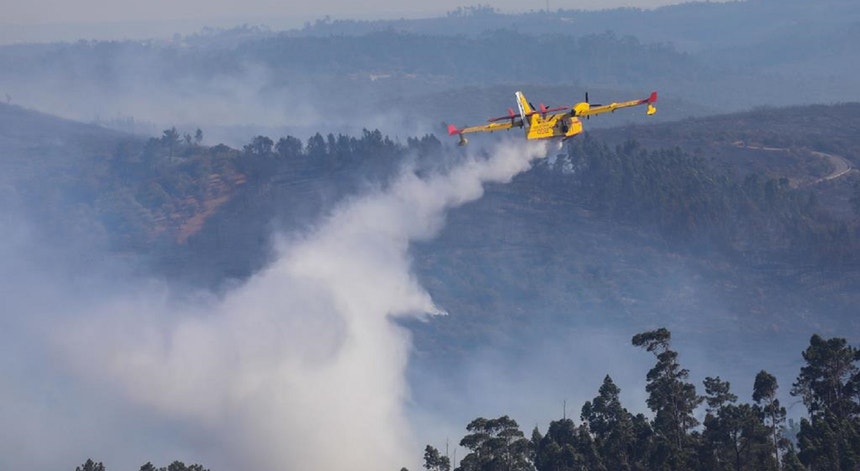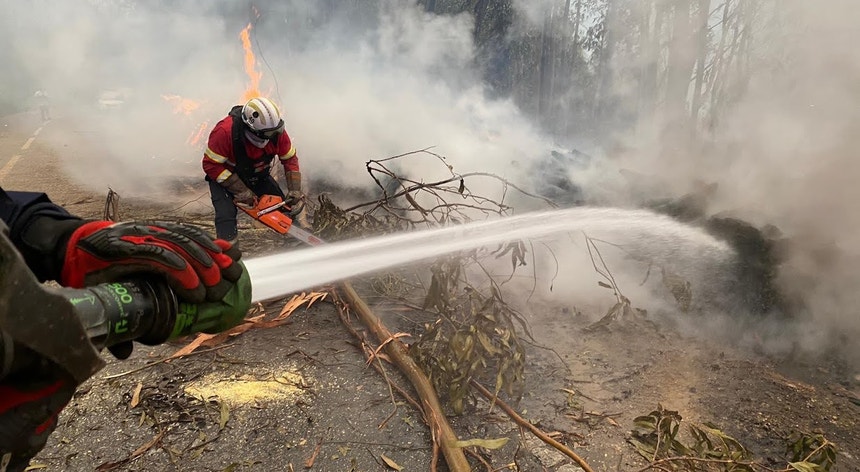Despite a recent decrease in water volume across 14 hydrographic basins, most of Portugal's reservoirs remain at comfortable levels. According to the SNIRH bulletin dated June 23, 2025, 78% of monitored reservoirs are over 80% capacity, showcasing a generally positive national water storage scenario. However, the southern regions, particularly the Algarve, continue to face critical shortages, with reserves significantly below the seasonal average.
 78% of monitored reservoirs are over 80% capacity as of June 2025.
78% of monitored reservoirs are over 80% capacity as of June 2025.
Comparing the latest data with the previous week's report, a drop in stored volume was observed in 14 basins, with only one showing an increase. This trend aligns with the drier meteorological conditions experienced recently, marked by reduced rainfall and high temperatures, especially in the south and inland areas.
Notably, several basins are over 90% capacity, including the Douro (92.1%), Vouga (95.3%), Guadiana (93.5%), and Sotavento (91.1%). The latter stands out with a 20% increase above the 30-year hydrological average, a rare achievement in recent years.
Two basins, however, are cause for concern: Mira and Ribeiras do Barlavento in the Algarve, both below historical June averages. One monitored reservoir is even under 40% capacity, posing potential challenges for public supply, irrigation, and other uses as the high-demand tourist season approaches.
The Algarve's situation is particularly dire, with water consumption soaring due to tourism and intensive agriculture. The region may face stricter water management measures, including irrigation limits and public awareness campaigns for water conservation.
The uneven distribution of water resources highlights the growing vulnerability of southern regions to climate change, with prolonged droughts and rising temperatures becoming more frequent. This disparity calls for integrated and adaptive water resource management, including investments in wastewater reuse, more efficient irrigation and urban supply systems, and territorial policies to alleviate pressure on vulnerable areas.
Long-term action is essential, especially with the anticipation of a hot and dry summer. The National Program for Efficient Water Use (PNUEA) and River Basin Management Plans (PGRH) outline measures to mitigate water scarcity effects, yet implementation faces hurdles from economic sector resistance to funding shortages for critical projects.
Public responsibility in water usage is paramount. The current favorable reservoir levels should not lead to complacency, as the predicted summer conditions could quickly deplete reserves, particularly in the most vulnerable regions.
The SNIRH bulletin underscores the resilience of Portugal's water storage system in most areas, thanks to a reasonably favorable hydrological year. However, the exceptions of Mira and Barlavento basins serve as a stark reminder of the risks associated with finite resources in the face of climate change.






























Comments
Join Our Community
Sign up to share your thoughts, engage with others, and become part of our growing community.
No comments yet
Be the first to share your thoughts and start the conversation!